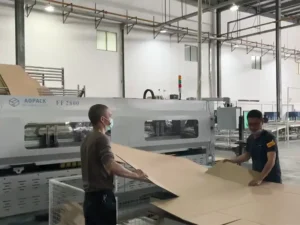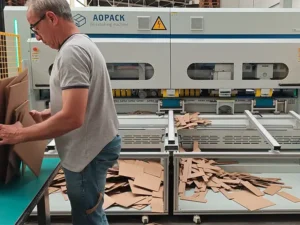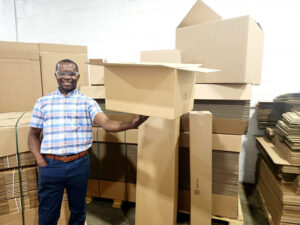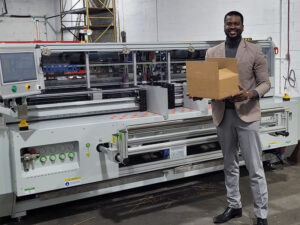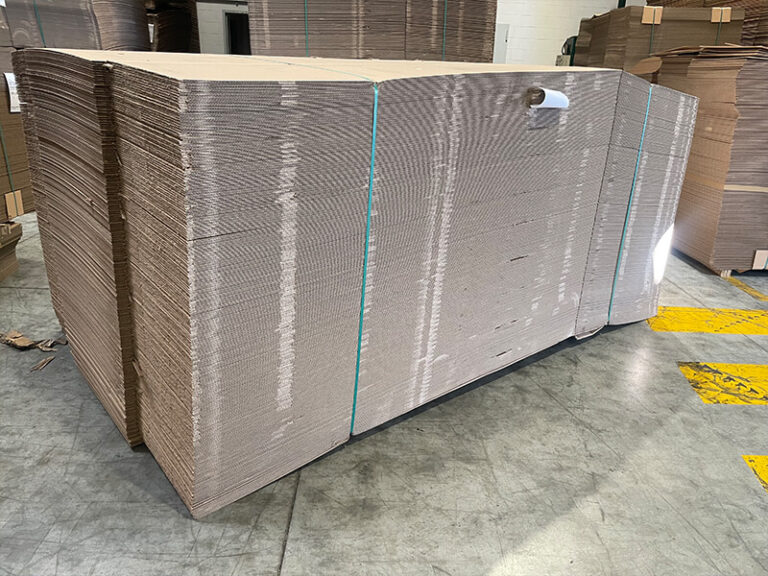In an era defined by rapid technological evolution and shifting market demands, businesses seeking sustainable growth must prioritize innovation. Among the transformative tools available, automated packaging systems stand out as a critical investment to address three pivotal challenges: cost stability, waste reduction, and workforce reliability. As companies plan for 2025 and beyond, integrating these systems is no longer optional but a strategic imperative to remain competitive.
1. Ensuring Cost Stability and Quality Consistency
Automation delivers precision and repeatability that manual processes cannot match. By embedding quality inspection technologies—such as vision systems, weight verification tools, and sealed-package scanners—businesses can drastically reduce defects and ensure product uniformity. For instance, automated weight checks instantly flag missing components, while vision systems detect flaws invisible to the human eye. These capabilities not only minimize recalls and customer complaints but also align with rising consumer expectations for flawless products.
Labor cost volatility further underscores the urgency for automation. Over the past four years, unpredictable labor availability and wage inflation have destabilized production planning. While automation requires upfront capital, its long-term ROI is increasingly justified. Projects once deemed marginally viable are now prioritized, as companies recognize automation’s role in insulating operations from workforce shortages and economic fluctuations. Even amid short-term budget constraints, the trajectory is clear: automation is a cornerstone of resilient, future-proof operations.
2. Minimizing Waste and Enhancing Material Efficiency
Packaging automation optimizes resource utilization, a critical advantage in an age of environmental accountability. Equipment like flow wrappers, palletizers, and stretch film applicators ensures precise material usage, reducing overpackaging and waste. For example, automated folding carton systems calculate exact corrugated material requirements, eliminating excess overlaps and trimming scrap. Similarly, stretch film automation applies tension with machine accuracy, avoiding human errors like film breakage or uneven wrapping.
Veritiv’s internal case study illustrates this impact. By deploying a smart palletizer that analyzes optimal pallet layouts and film application methods, the company reduced material consumption while improving product protection during transit. Such innovations not only cut costs but also align with global sustainability goals—a dual benefit that resonates with eco-conscious consumers and regulators.
3. Navigating Future Trends and Workforce Shifts
The next 3–5 years will witness accelerated automation adoption, driven by intensifying competition and stricter sustainability mandates. Additionally, generational shifts in the workforce are reshaping labor dynamics. Younger employees increasingly favor tech-driven roles, making automation a tool for talent attraction as much as operational efficiency. Companies lagging in this transition risk falling behind in both productivity and innovation.
To capitalize on these trends, businesses must collaborate with packaging partners offering expertise in both materials science and automation technology. A strategic partner can tailor solutions to specific needs—whether through semi-automated transitions for SMEs or fully integrated systems for large enterprises. Pilot programs targeting repetitive tasks, like case sealing or labeling, allow companies to test ROI before scaling investments.
Conclusion
Automated packaging systems transcend mere efficiency upgrades; they represent a proactive response to macroeconomic pressures, environmental responsibilities, and evolving labor markets. While implementation may seem daunting, phased adoption and expert partnerships mitigate risks. As 2025 approaches, businesses that embrace automation will not only secure cost and quality advantages but also position themselves as leaders in a resource-conscious, technology-driven economy. The question is no longer if to automate, but how soon.
How useful was this post?
Click on a star to rate it!
Average rating 0 / 5. Vote count: 0
No votes so far! Be the first to rate this post.

